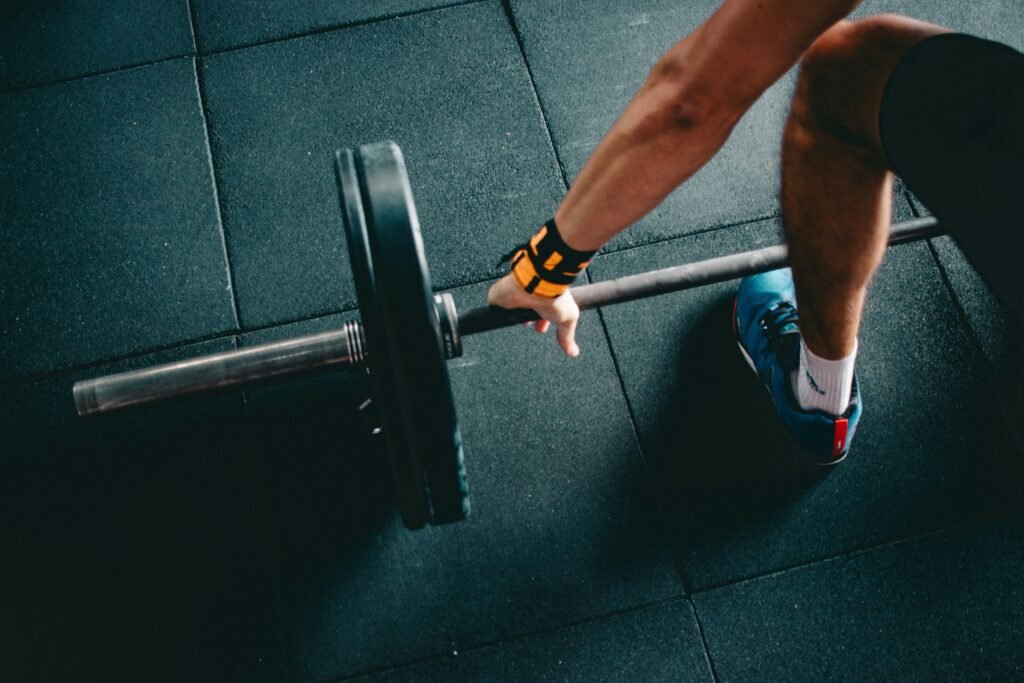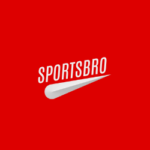The off-season is more than a break from competition—it’s a crucial window to rebuild your body, refine your skills and return to your sport stronger than ever. Many athletes mistakenly treat this period as a time to neglect training altogether. While mental rest is important, staying intentional with your fitness routine can prevent deconditioning and reduce the risk of injury when you resume competition. In this guide we’ll explore science-backed strategies to help you make the most of your off-season.
Assess Your Previous Season
Before you design an off-season plan, take time to reflect on your previous performances. Identify areas where you excelled and those that need improvement. Did you experience any recurring injuries? Were there specific skills or physical qualities—such as speed, endurance or strength—that you struggled with? Talking with coaches, reviewing game footage and even undergoing a physical assessment by a certified trainer can provide valuable insights. According to the American Council on Exercise (acefitness.org), self-assessment helps athletes develop realistic goals and tailor their training programs for lasting progress.
Prioritize Active Rest and Recovery
Giving your muscles and nervous system time to recover is essential. Instead of complete inactivity, incorporate active recovery sessions such as yoga, light swimming, cycling or hiking. These low-intensity activities increase blood flow, boost flexibility and promote healing. Experts at the National Academy of Sports Medicine (nasm.org) recommend dedicating at least one to two weeks to active recovery immediately after the season ends. In addition to physical rest, allow yourself mental downtime by exploring hobbies unrelated to your sport. Adequate sleep, stress management and time with friends can prevent burnout and support overall well-being.
Build Strength and Power
A structured strength-training program is one of the most effective ways to enhance athletic performance. During the off-season you have time to gradually increase resistance and address muscular imbalances that may have developed during competition. Focus on compound movements such as squats, deadlifts, lunges, presses and pulls; these exercises recruit multiple muscle groups and provide the greatest functional carryover. The Mayo Clinic (mayoclinic.org) recommends athletes aim for two to three strength sessions per week, progressively increasing intensity while maintaining proper technique. Don’t neglect core stability—a strong core supports efficient movement and reduces the risk of back injuries.
Embrace Cross-Training and Learn New Skills
Cross-training introduces your body to different movement patterns and prevents boredom. Runners might try Pilates to improve core control, while a basketball player could benefit from martial arts to develop agility and hand-eye coordination. Varying your training stimulates your cardiovascular system and can correct muscular imbalances. Sports medicine specialists at Cleveland Clinic (my.clevelandclinic.org) note that cross-training reduces overuse injuries by distributing stress across different tissues. Additionally, use this time to learn complementary skills—for example, a soccer player might practice juggling, or a swimmer could take up dry-land strength training.
Focus on Mobility and Flexibility
Flexible muscles and mobile joints enhance performance and help prevent injuries. Incorporate daily stretching routines that address tight areas such as the hips, hamstrings and shoulders. Dynamic warm-ups before training (like leg swings and arm circles) prepare your body for activity, while static stretches after workouts promote muscle lengthening. Foam rolling and mobility exercises like hip openers or thoracic spine rotations can alleviate tension and improve range of motion. Resources from the International Association of Athletics Federations (worldathletics.org) emphasize that mobility work should be specific to the movements required in your sport.
Refine Nutrition and Lifestyle Habits
A strong off-season is built on solid nutrition. Fuel your body with nutrient-dense foods—lean proteins, complex carbohydrates, healthy fats, fruits and vegetables—to support recovery and growth. Hydration is equally important: even slight dehydration can impair performance and impede recovery. Registered dietitians from the Academy of Nutrition and Dietetics (eatright.org) recommend athletes consume a balanced diet tailored to their individual energy needs. Use the off-season to experiment with new recipes and fine-tune meal timing so you know what works best for your body before competition resumes. Avoid processed foods, excessive sugar and alcohol.
Set Goals and Plan for the Upcoming Season
Training without a purpose can lead to inconsistent results. Establish both short-term and long-term goals for the off-season and upcoming season. Whether your focus is improving a 40-yard dash time, increasing vertical jump height or simply staying injury-free, your training plan should reflect these objectives. Write down your goals, share them with your coach and track your progress regularly. Setting milestones will help you stay motivated and make adjustments if necessary.
Seek Professional Guidance and Stay Accountable
Even experienced athletes benefit from working with certified strength and conditioning coaches, nutritionists or sports psychologists. These professionals can design a personalized program that addresses your weaknesses and prepares you for the demands of your sport. They also provide accountability and ensure you progress safely. If in-person coaching isn’t available, there are reputable online resources and programs offered by organizations like the United States Olympic & Paralympic Committee (teamusa.org) that provide training templates and educational materials.
Final Thoughts
The off-season doesn’t mean stepping away from your athletic journey—it’s a golden opportunity to make targeted improvements that will elevate your performance when the new season begins. By assessing your previous season, prioritizing active recovery, building strength, cross-training, focusing on mobility, refining your nutrition and establishing clear goals, you’ll enter your next competitive cycle with confidence. The work you invest now will pay dividends on game day, so embrace the off-season as an essential part of your athletic development.

